This is what I have to do now with my life. When this pandemic began in 2020, I lost control like people around the world. I talked with my parents more than ever and shared almost all my time with them.
I searched for photos of my family in the past. I walked where my late grandparents lived and kept taking pictures. Then I tried to connect the present and the past. It was a kind of spatiotemporal movement as if I went back to where my soul had been. There were memories full of love and sadness.
This April, my father said, «This year’s cherry blossoms don’t look beautiful at all.» I couldn’t help feeling the death from the scattered cherry blossoms. Cherry blossoms are drawn on the fighters, and the military song says,
«Since we are flowers, we are doomed to fall. Let us fall magnificently for the country.»
My grandfather went to the Pacific War. He came back and gave birth to the daughter who gave birth to me. I think it’s a miracle. There are countless reasons why I wasn’t born here.
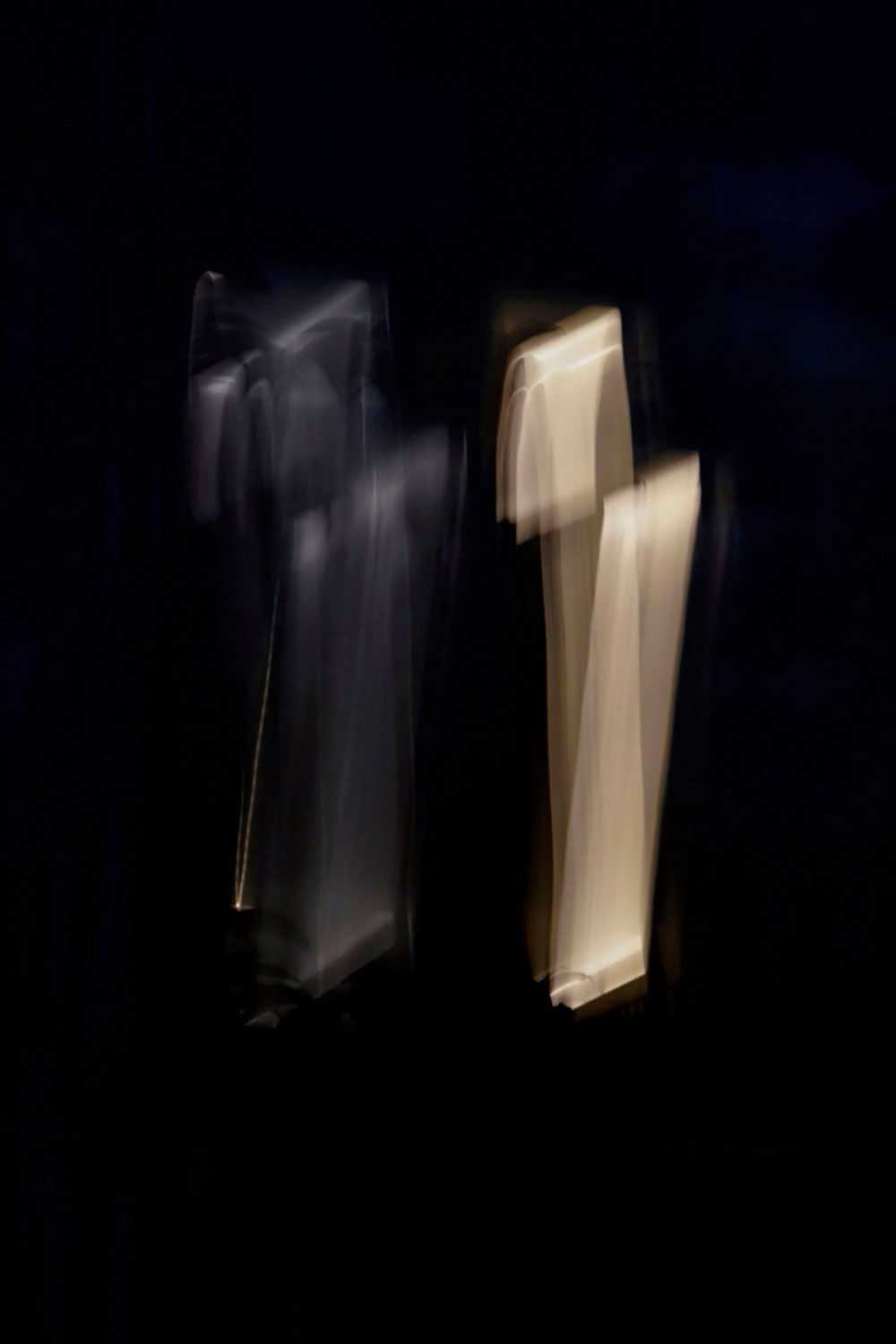
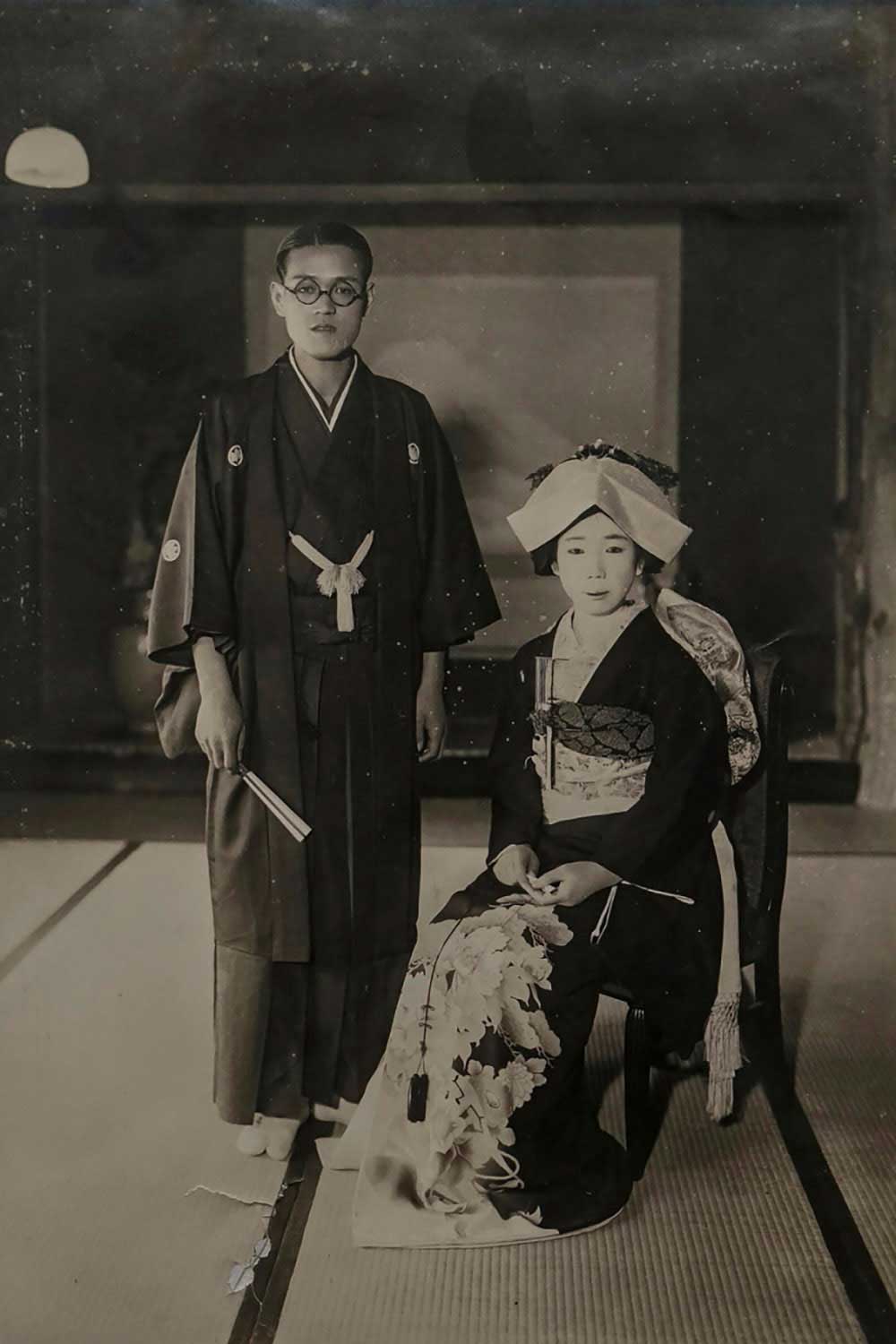
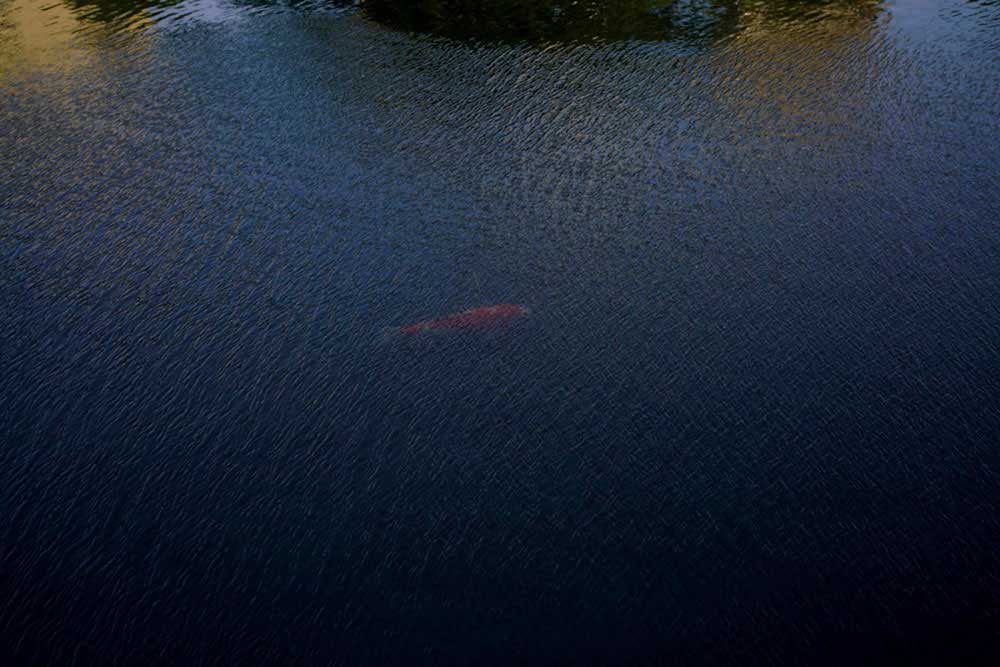
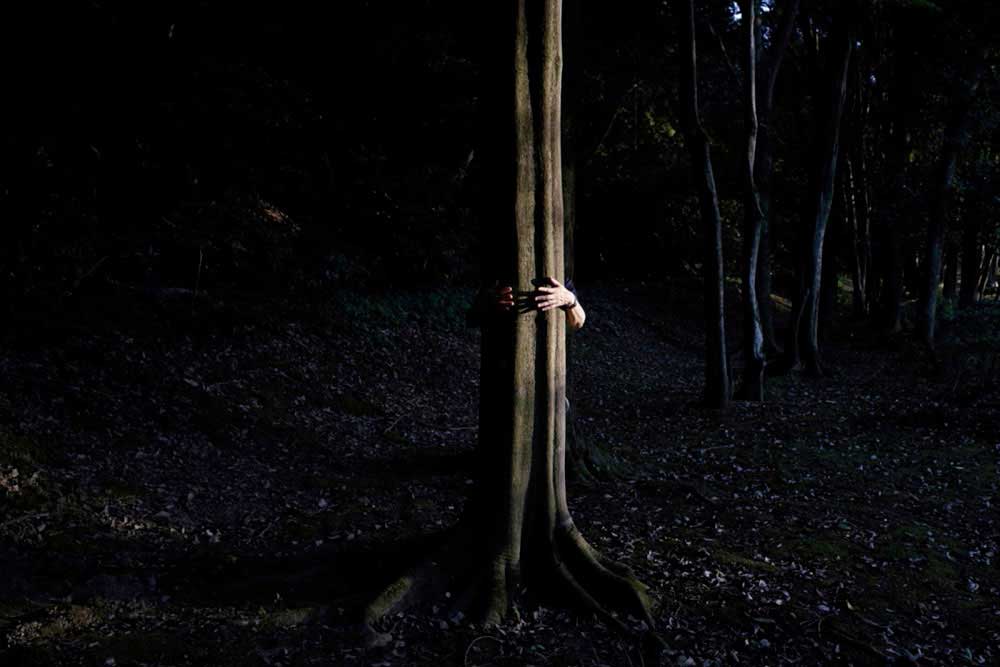
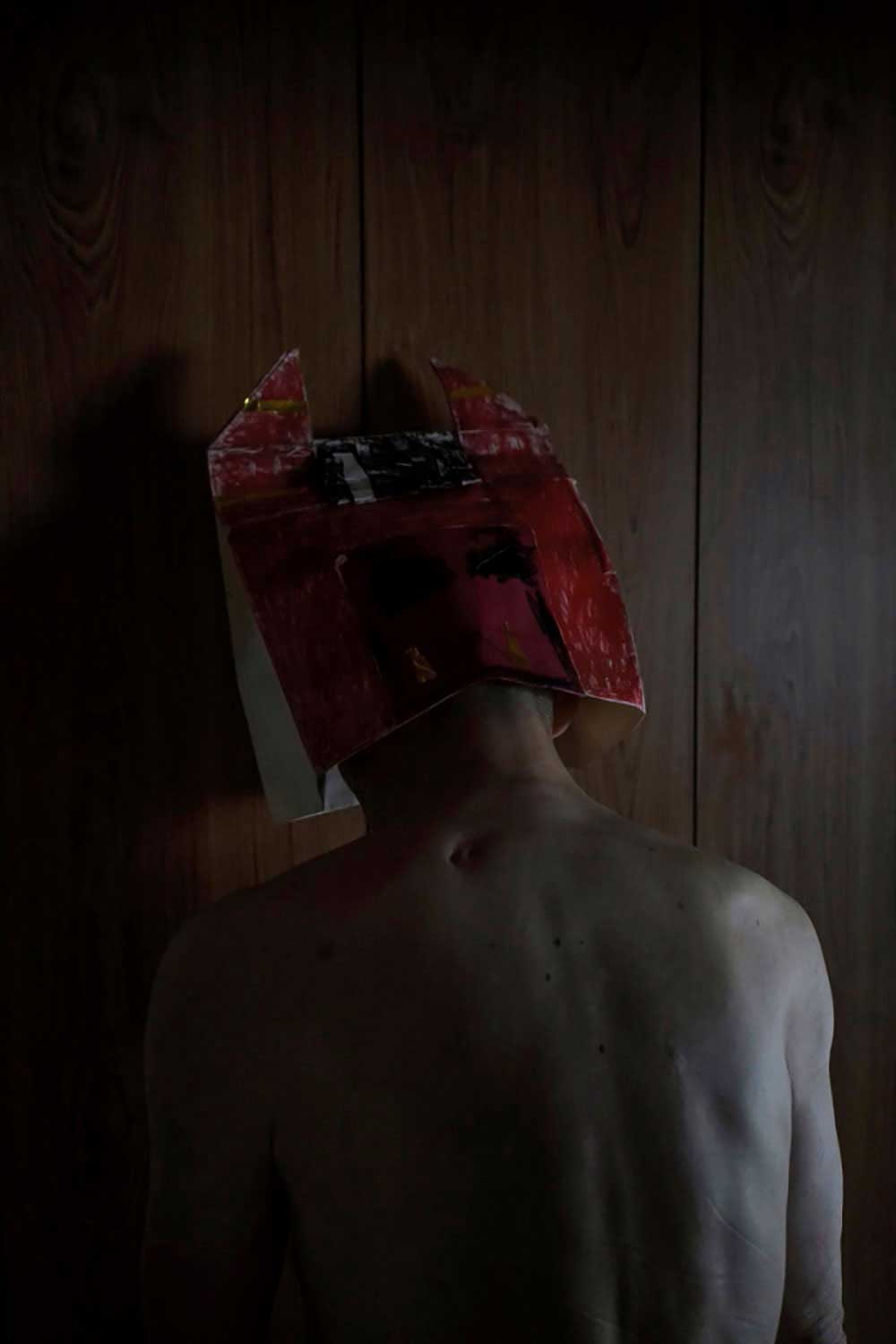
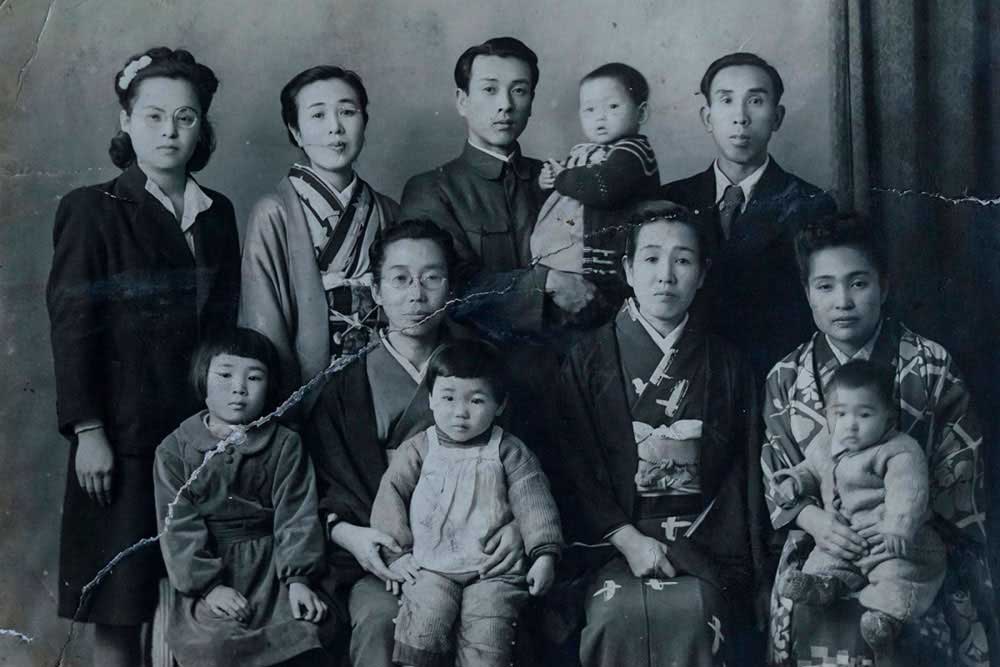
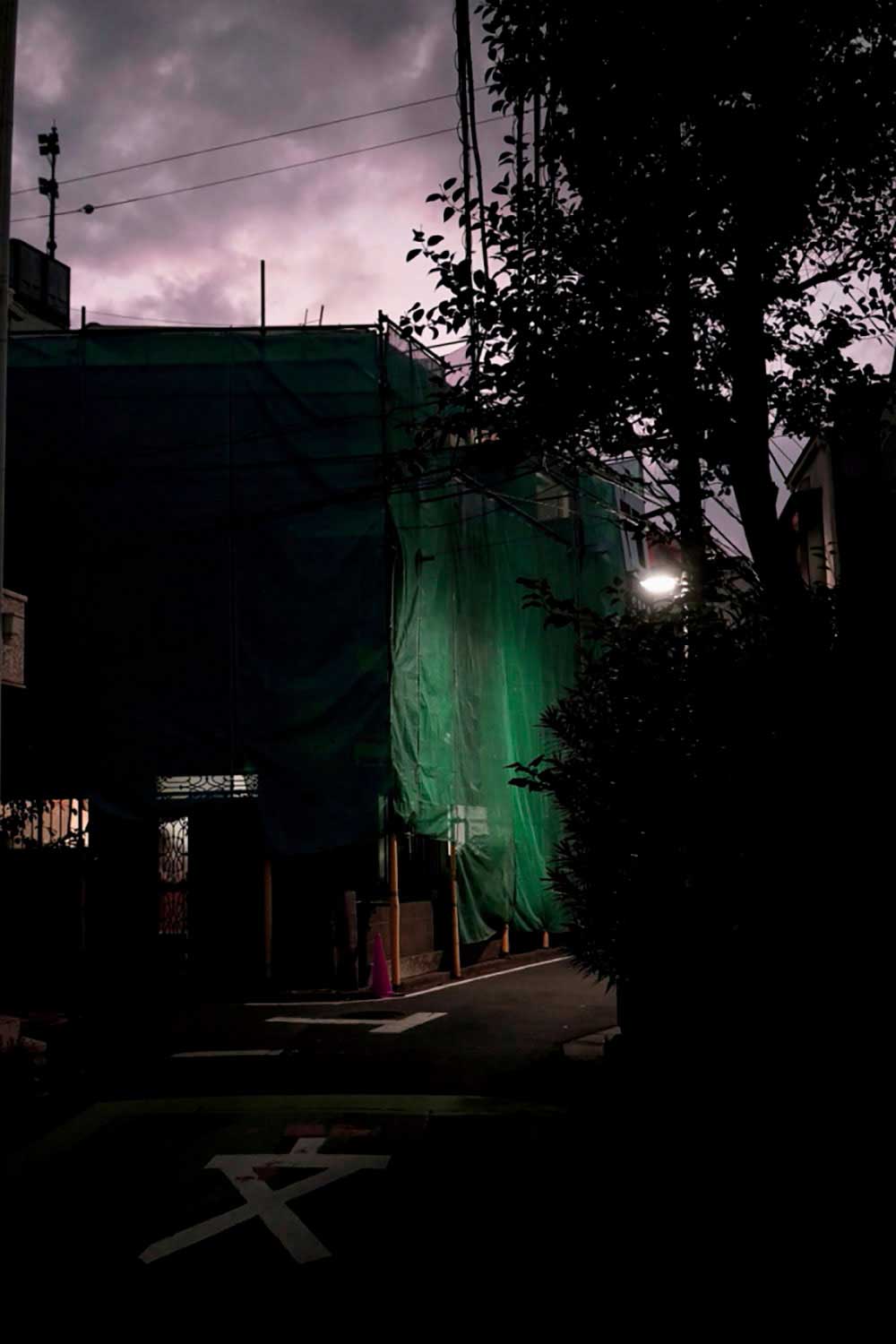
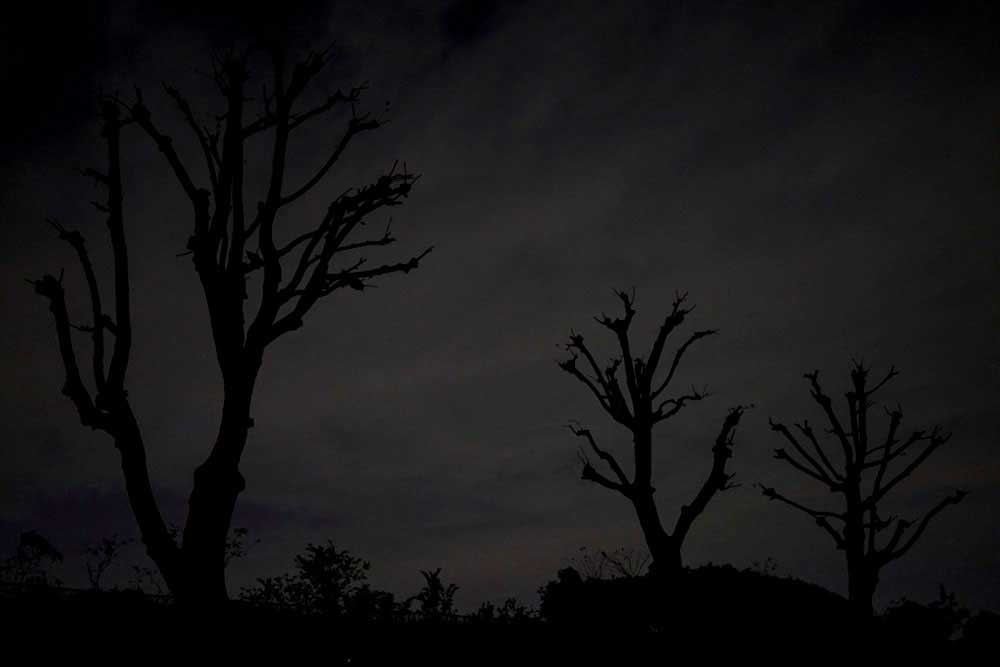
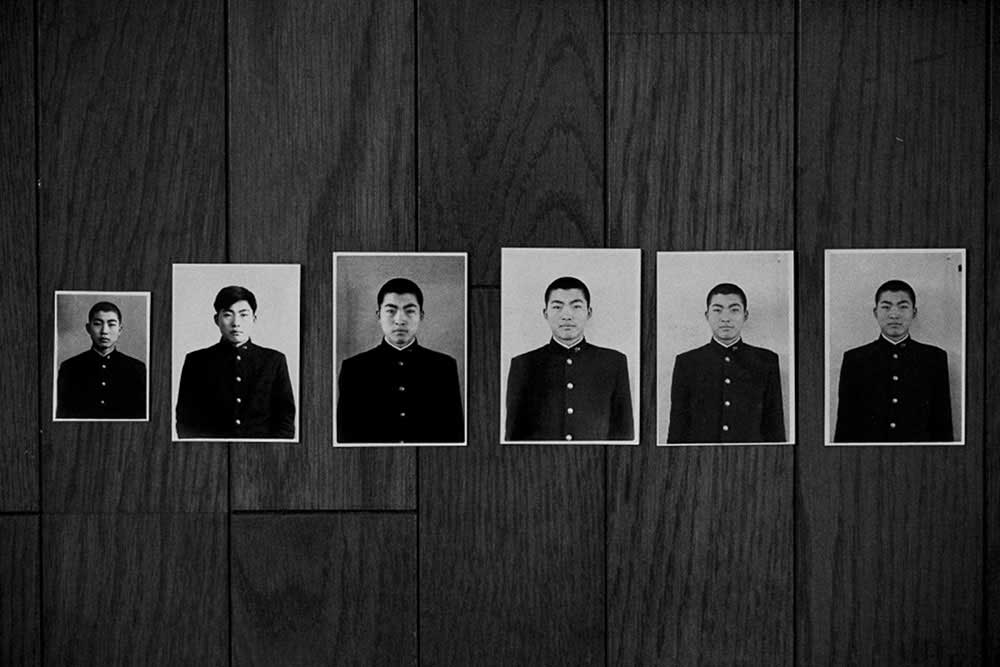
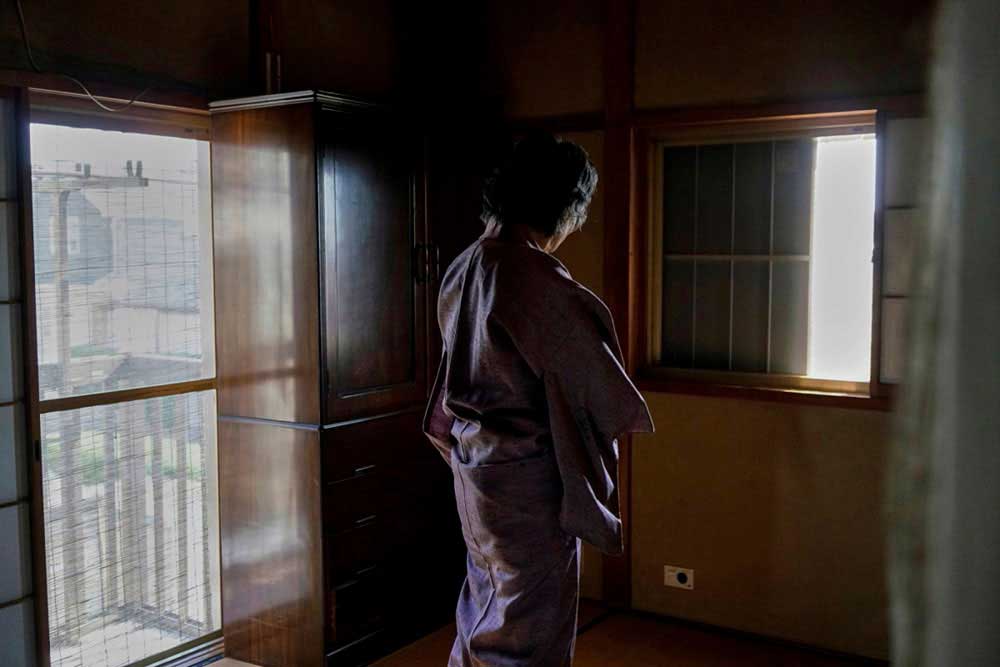
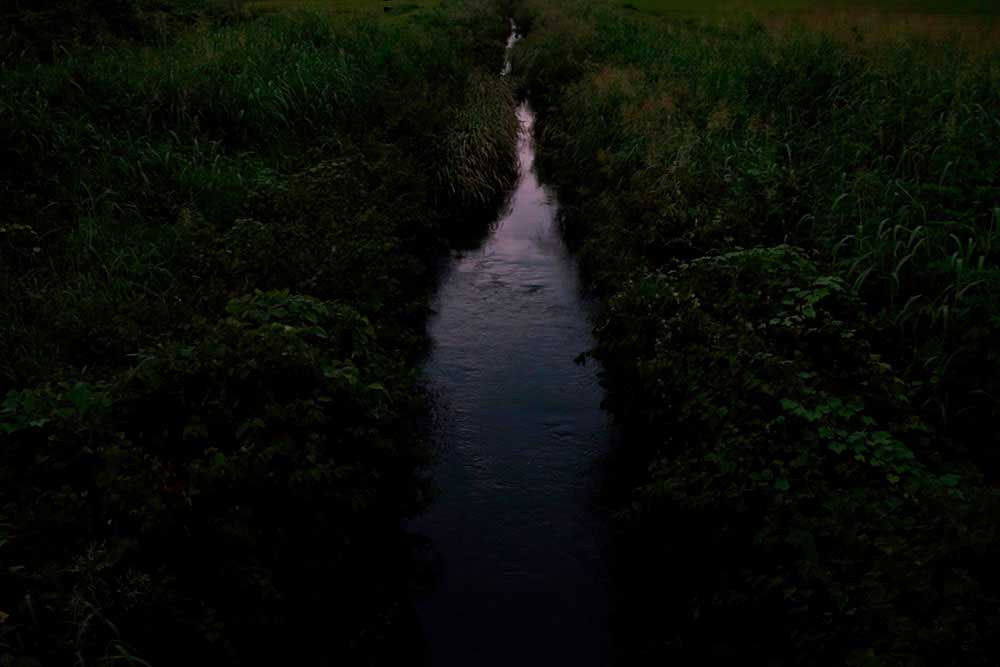
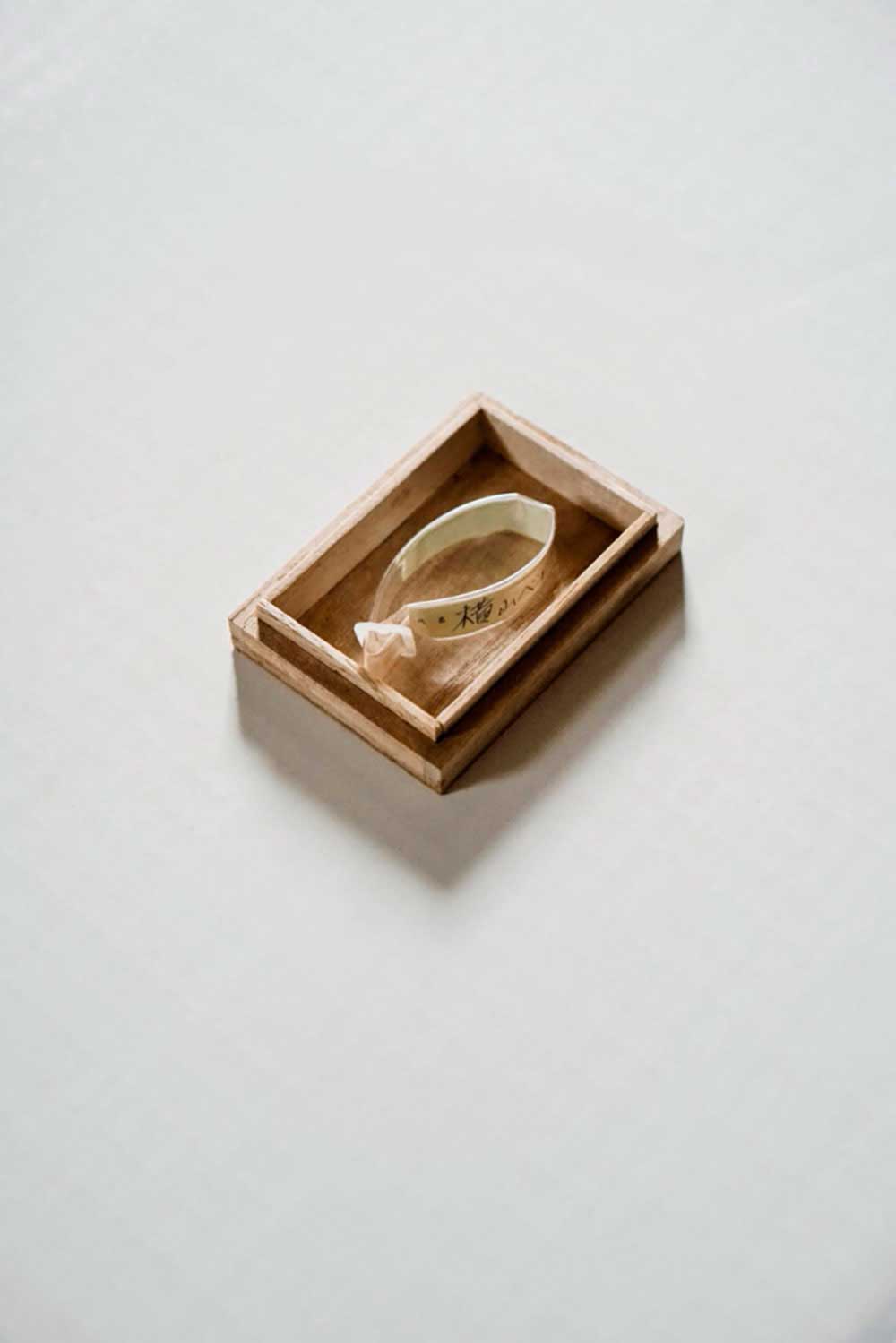
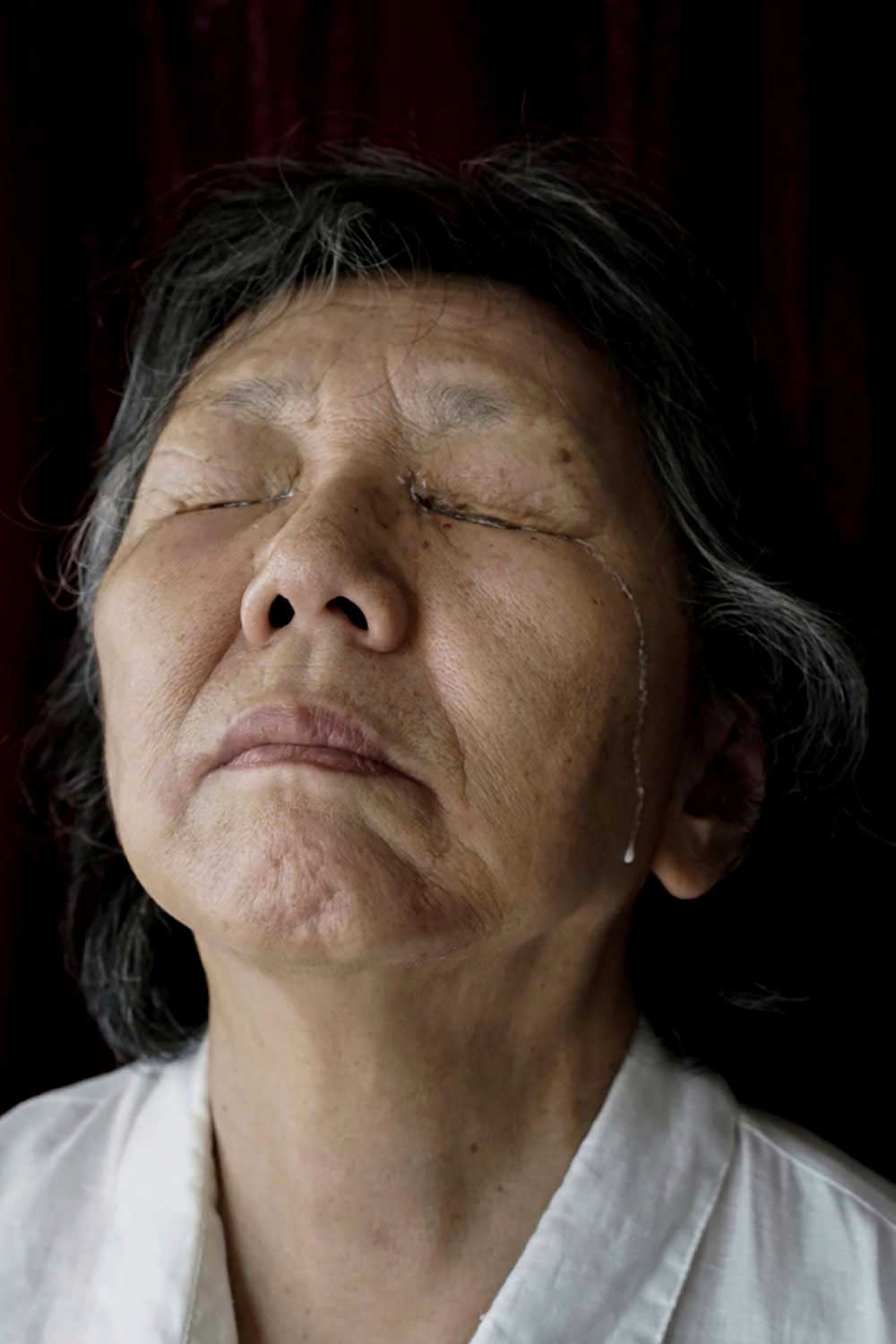
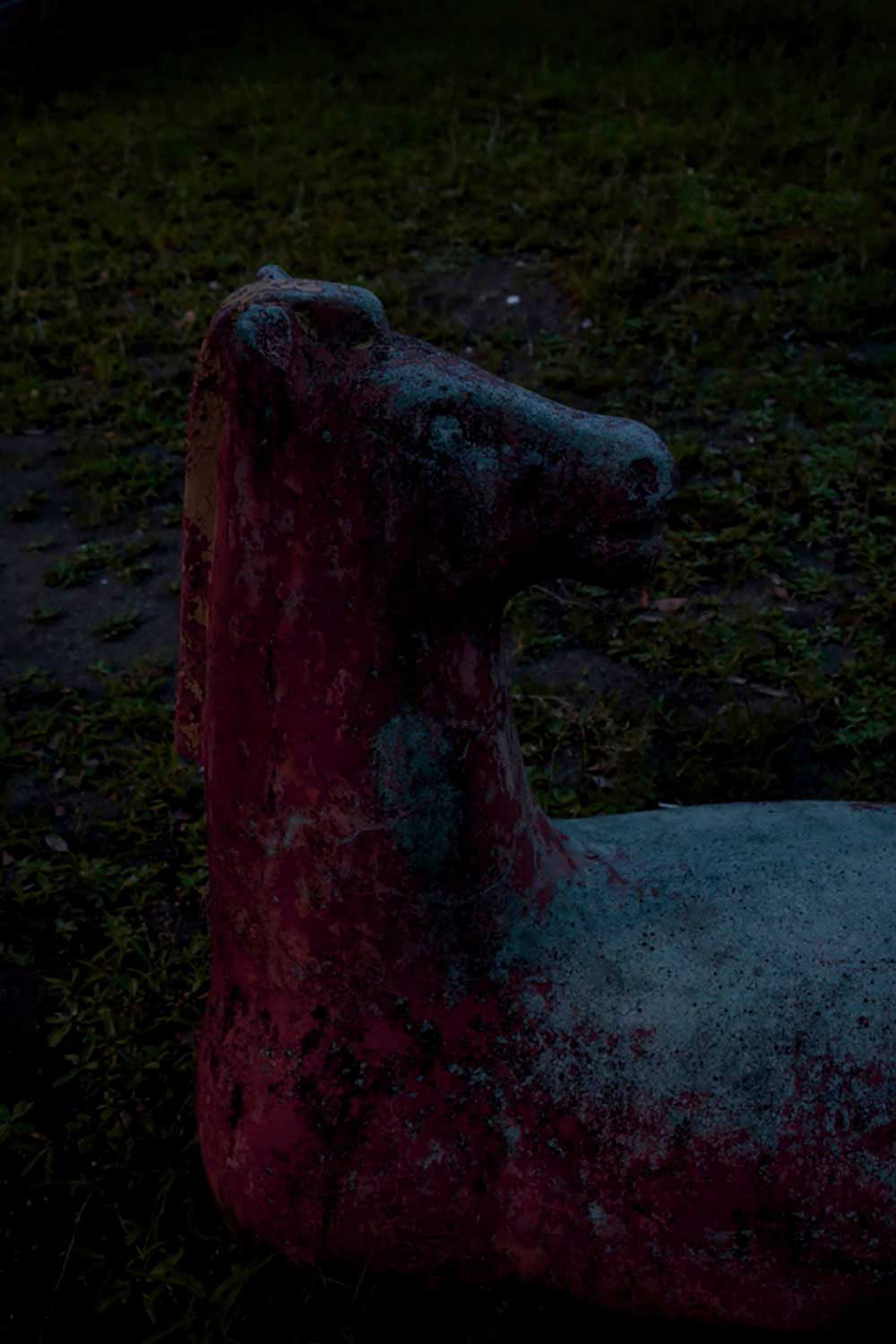
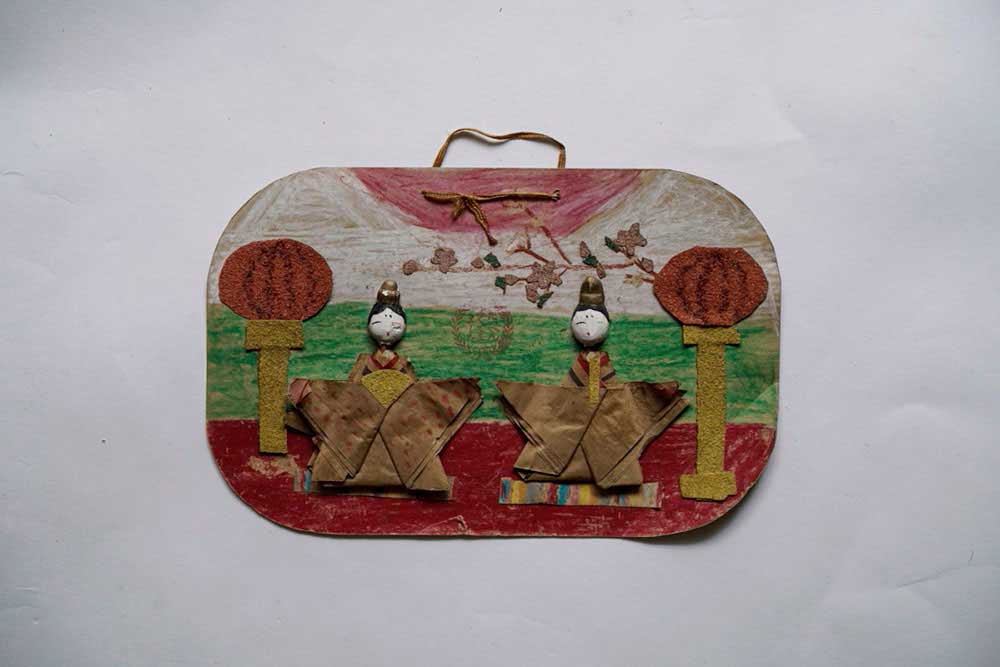
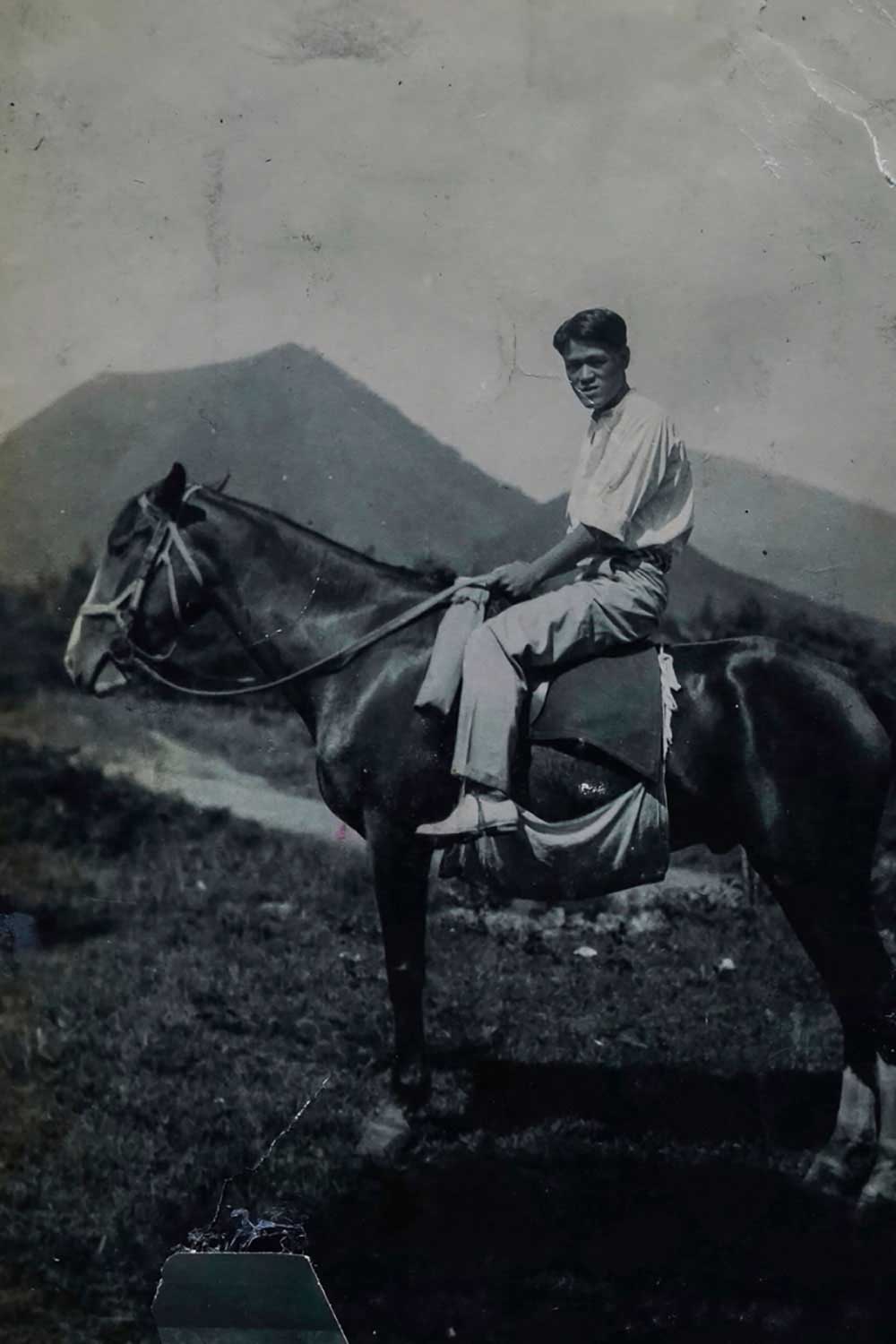
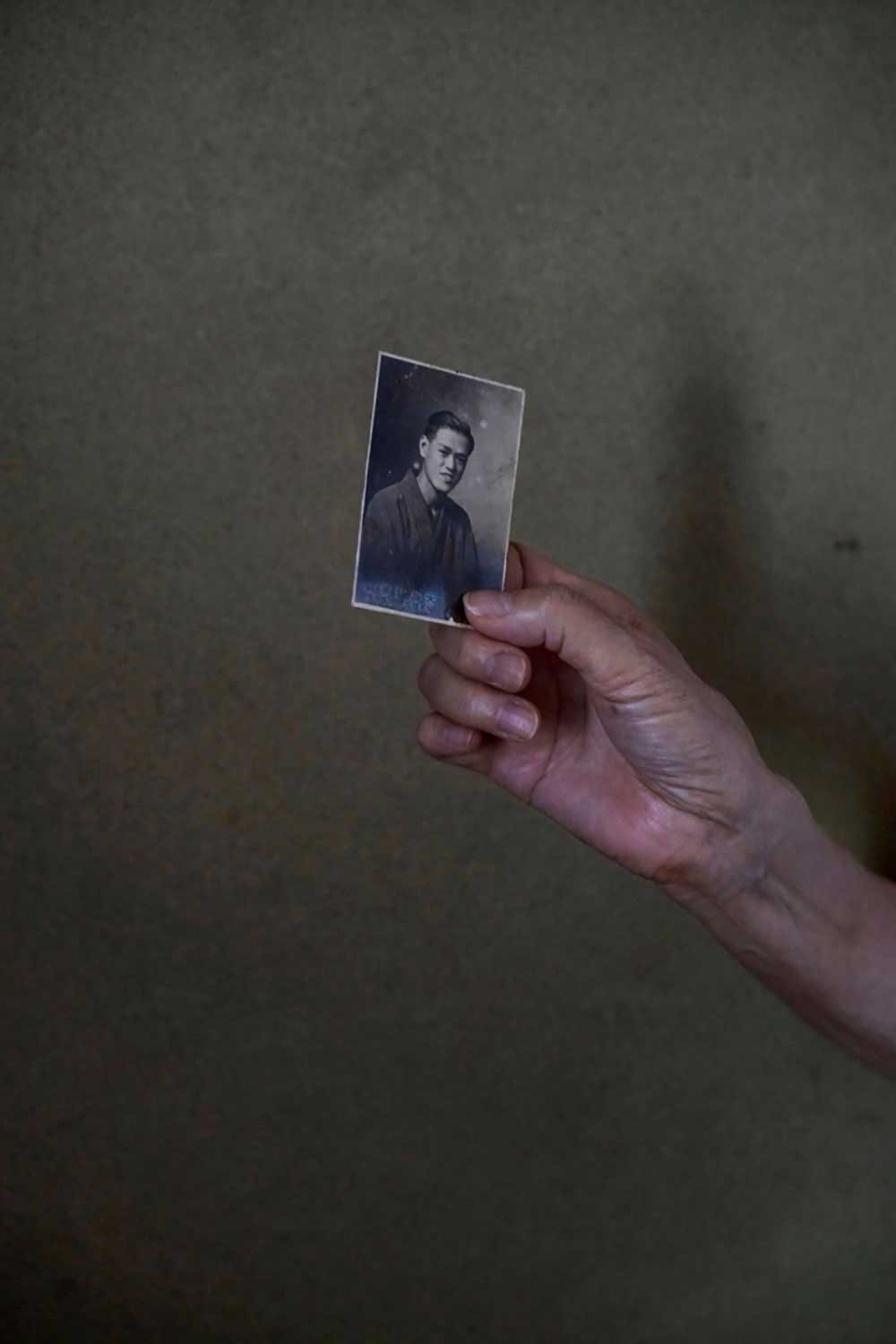
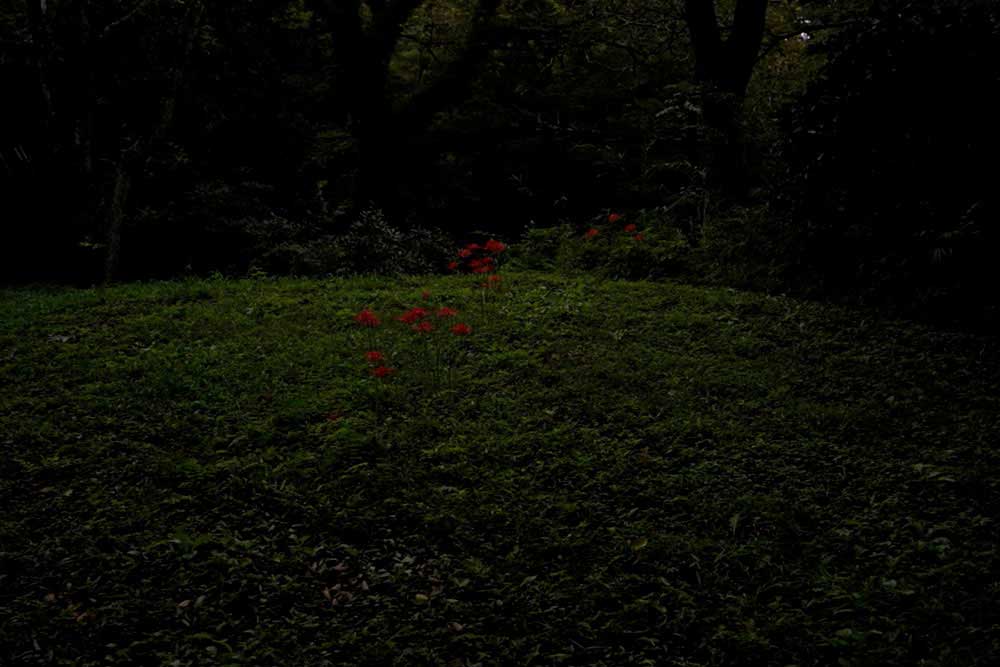
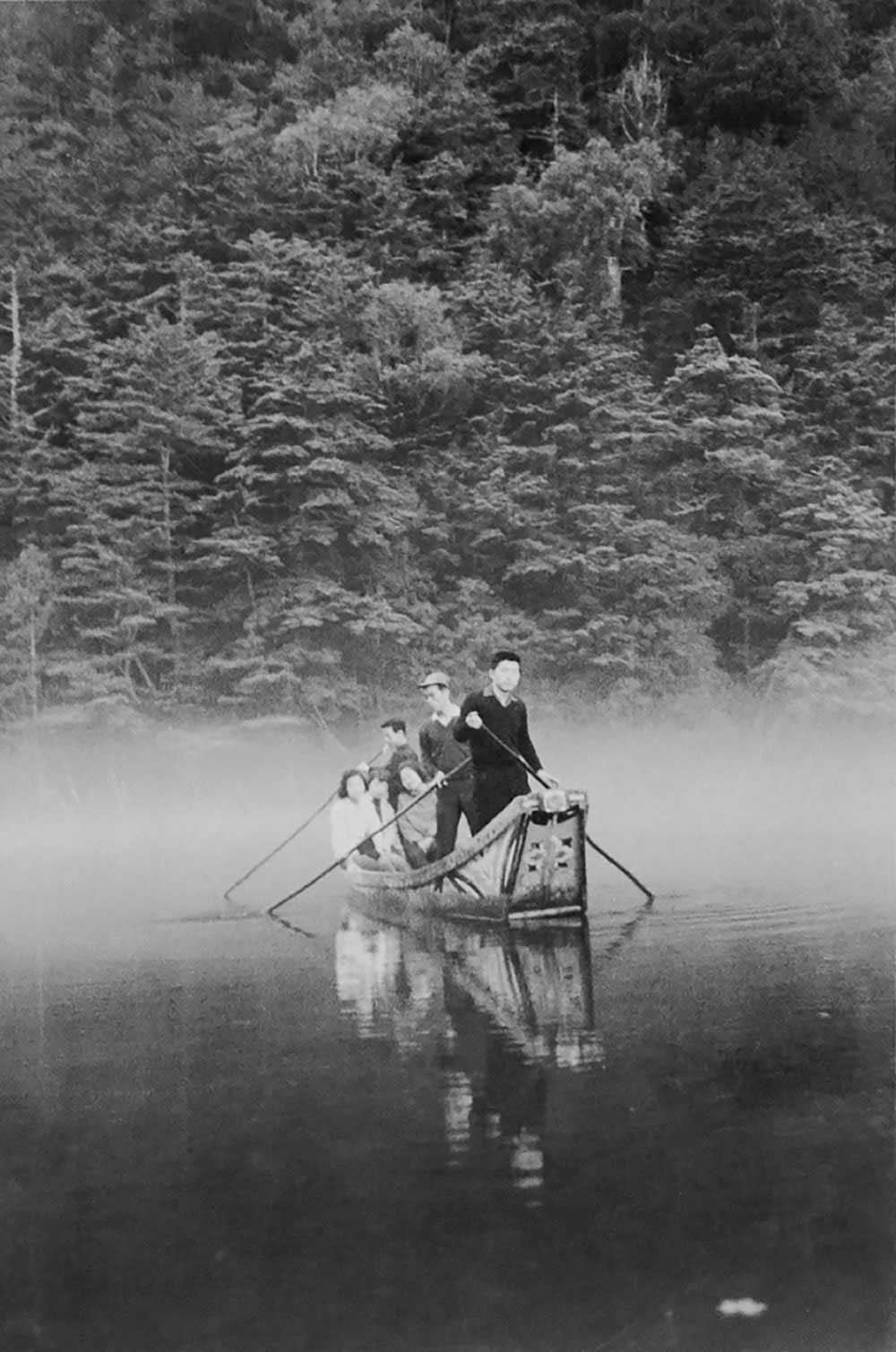
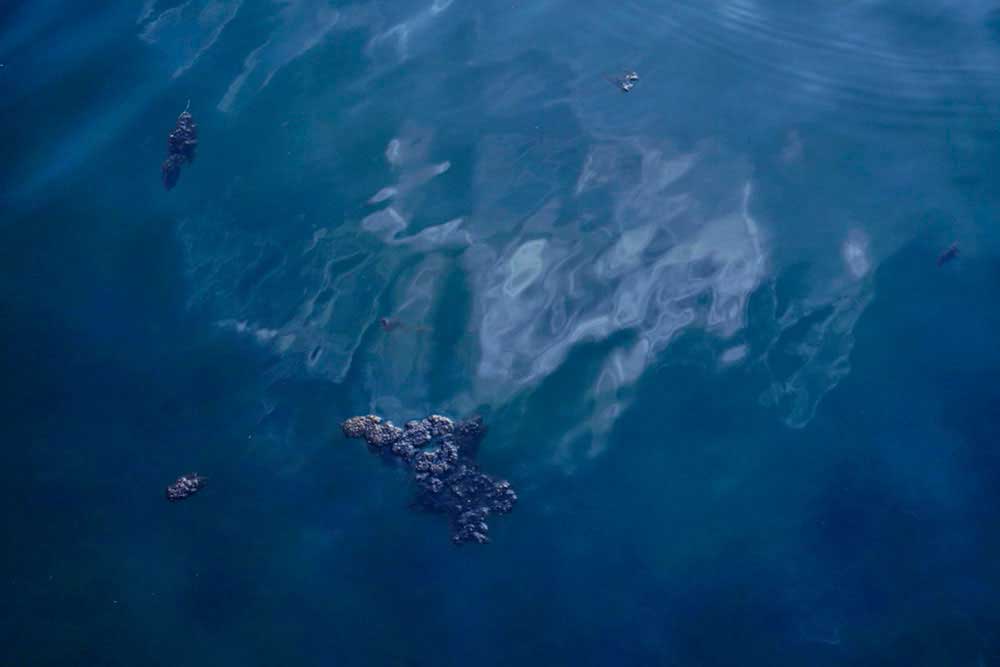
When I began to make this work, there was one other phrase that has stayed with me for a long time, in addition to my father’s words. That is the opening line of the old Book of «Hojoki by Kamo no Chomei».
“The current of the flowing river never ceases, yet the waters never remain the same. In places where the current pools, bubbles form on the surface, burst and vanish while others form in their place, never for a moment still. People in the world and their dwellings are the same.”
It made me realize that I have to accept this life and flow through it like a river. This is something that is connected to my grandparents and ancestors, and I realized that they also flowed through the river. A photograph becomes the past when it is taken. Isn’t photography a means of finding a connection with the past and the dead? I think so now. [Official Website]






